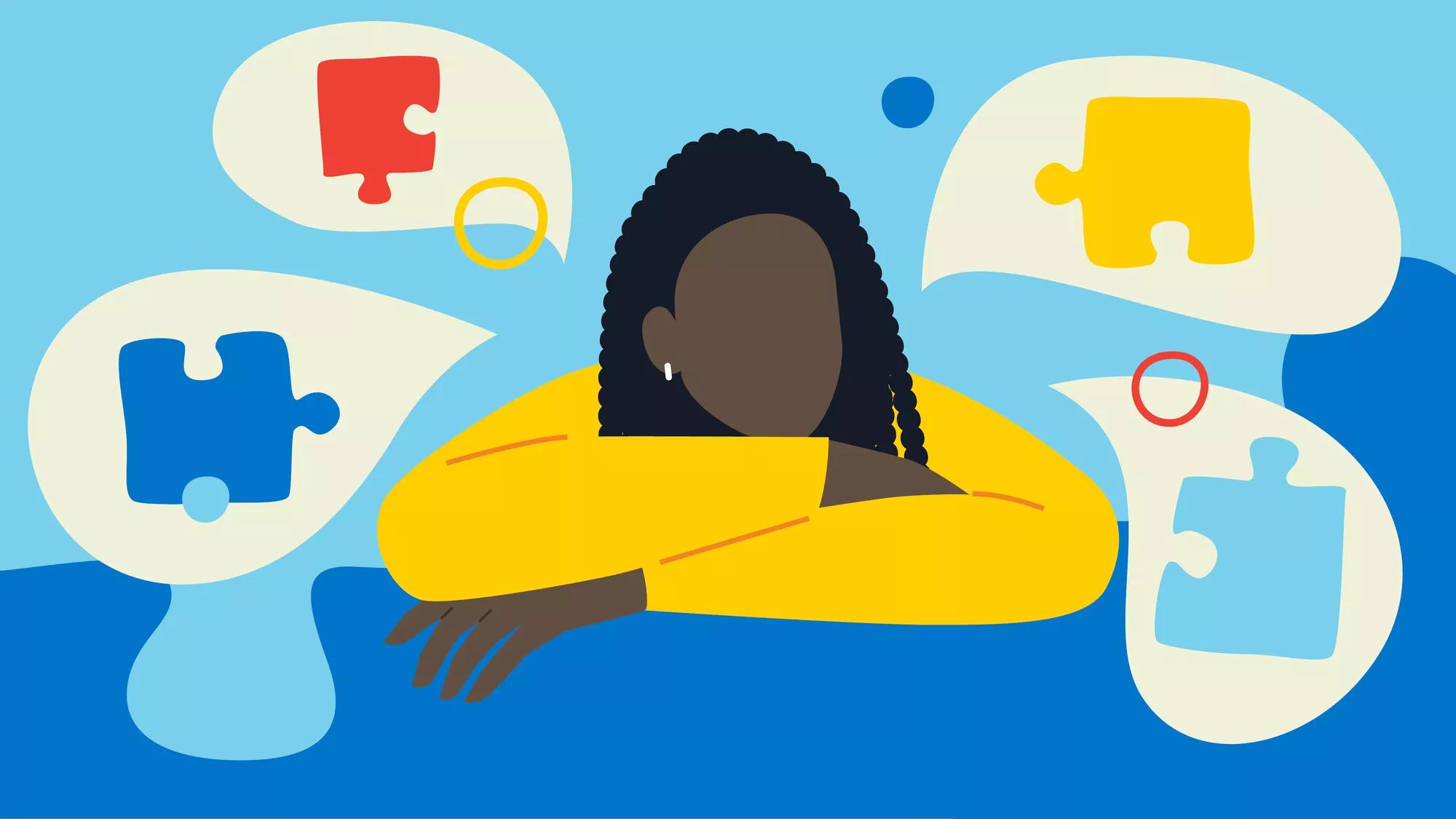Recognizing Autism: A Comprehensive Guide to Signs and indicators
Autism Spectrum Disorder (ASD) includes a large range of features that can dramatically affect a person's social interactions and day-to-day functioning. Recognizing the signs and signs and symptoms, such as obstacles with eye get in touch with, social communication troubles, and sensory sensitivities, is crucial for very early intervention. Recognizing these nuances not just aids caretakers and instructors in supplying proper support however also fosters a more inclusive setting for individuals with ASD. As we explore the complexities of autism, it ends up being vital to take into consideration exactly how these signs materialize differently across the range and what effects they hold for effective intervention methods.
Review of Autism Range Condition
Specifying Autism Range Problem (ASD) entails acknowledging it as an intricate neurodevelopmental condition characterized by a range of difficulties in social interaction, interaction, and behavioral patterns. The term "range" shows the large variability in signs and their severity, which can vary significantly from one individual to an additional. ASD normally shows up in very early childhood years, although some people may not receive a medical diagnosis up until later in life.
Elements influencing the growth of ASD include environmental factors and hereditary proneness, although the precise reasons stay under examination. Diagnosis typically relies upon behavioral analyses, as there are no conclusive clinical tests for ASD. Early treatment is important and can considerably enhance end results, concentrating on enhancing interaction abilities, social communications, and flexible behaviors.
Individuals with ASD might additionally display special staminas, such as exceptional focus to information or specific areas of competence. Recognizing the complex nature of ASD is crucial for fostering a comprehensive atmosphere that suits neurodiversity. Continued research is essential for creating efficient interventions and support systems, making it possible for people with ASD to grow and satisfy their possible within culture.
Typical Indications of Autism
Acknowledging the typical signs of Autism Range Disorder (ASD) is essential for very early identification and treatment. These indicators can vary widely in extent and presentation, yet particular characteristics are regularly observed in individuals with ASD.
One of the most common indications is a marked problem in preserving and establishing eye call. Individuals may likewise show minimal rate of interest in social communications and show a choice for singular play.
Sensory level of sensitivities are likewise typical; people may underreact or panic to sensory stimulations, such as audios, lights, or structures. autism. Language advancement can be atypical, with some kids exhibiting delayed speech or making use of language in unusual means, consisting of echolalia-- repeating phrases or sentences listened to somewhere else
It is important to keep in mind that not every individual with ASD will display all these indicators, and the level of these actions can differ significantly. Early acknowledgment permits for timely support and resources, enhancing the top quality of life for those on the range.
Social Interaction Obstacles
Social interaction obstacles are a trademark of Autism Spectrum Problem (ASD), affecting a person's capability to involve properly with others. These troubles can show up in different methods, including obstacles in initiating and maintaining discussions, recognizing social hints, and reacting properly in social interactions.
People with ASD might fight with nonverbal interaction, such as eye get in touch with, facial expressions, and body movement. This can lead to misunderstandings, as their communicative intent might not be correctly interpreted by others. Additionally, they might locate it challenging to understand the subtleties of tone and context, which are necessary for find more information efficient communication.
In group settings, people with ASD might really feel overwhelmed and might not know just how to join in conversations (autism). They may additionally display atypical conversational patterns, such as monologuing regarding specific passions without recognizing social reciprocity
Additionally, these obstacles can result in social isolation or troubles in creating connections, as peers might misunderstand their behavior or interaction design. Comprehending these social interaction difficulties is vital for fostering encouraging atmospheres that promote social abilities growth and improve the quality of interactions for people on the autism range.
Sensory Feedbacks and level of sensitivities
Several people with Autism Range Disorder (ASD) experience enhanced sensory level of sensitivities that can significantly impact their daily lives. An individual with ASD may locate day-to-day sounds, such as a vacuum cleaner or crowded environments, extremely distressing, leading to anxiety or crises.
Sensory handling differences in people with ASD can additionally impact their ability to participate in regular activities and social interactions. A youngster who is sensitive to touch may stand up to physical affection or stay clear of certain clothes textiles. A choice for particular structures or preferences can restrict nutritional options and create difficulties throughout mealtimes.
Comprehending these sensory sensitivities is important for recognizing the special experiences of individuals with ASD. Recognition of their sensory accounts can foster much better interaction and support strategies, developing an atmosphere that accommodates their demands and improves their high quality of life. Inevitably, recognizing sensory level of sensitivities is an important element of understanding the wider range of autism.

Sustaining People With Autism
Effective support for individuals with Autism Spectrum Problem (ASD) is crucial for enhancing their general wellness and promoting independence. Assistance techniques must be customized to fulfill the unique demands of each individual, considering their obstacles and staminas.

Social skills training can likewise play a critical role. autism. Involving individuals in group tasks or role-playing scenarios can boost their capability to navigate social communications. Additionally, it is necessary to educate relative, caretakers, and peers about ASD to cultivate a comprehensive and encouraging area
Conclusion
By promoting enhanced communication and social abilities, individuals with autism can navigate their settings much more successfully. Inevitably, boosted recognition and support can substantially boost the quality of life for those influenced by ASD.
Autism Spectrum Condition (ASD) includes a vast variety of characteristics that can dramatically affect a person's social communications and day-to-day functioning.People with ASD may struggle with nonverbal interaction, such as eye call, facial expressions, and body language.Many people with Autism Range Condition (ASD) experience heightened sensory sensitivities that can considerably affect their daily lives.Sensory handling distinctions in individuals with ASD can likewise he has a good point affect their ability to engage in social interactions and regular tasks.Comprehending these sensory level of sensitivities is important for acknowledging the distinct experiences of people with ASD.